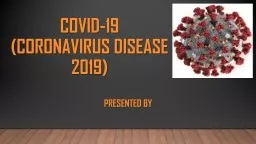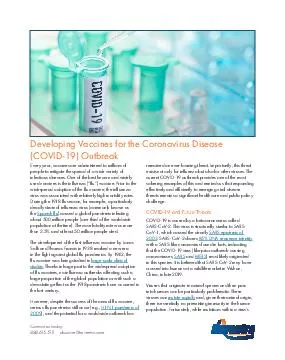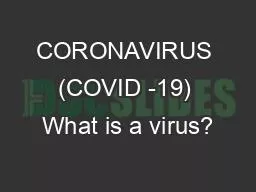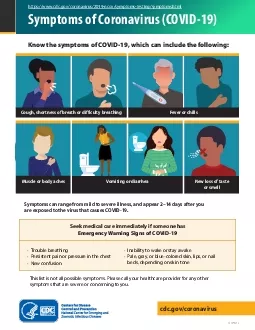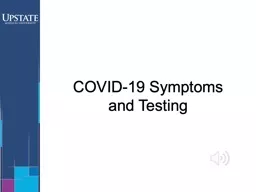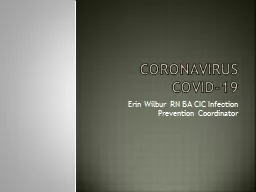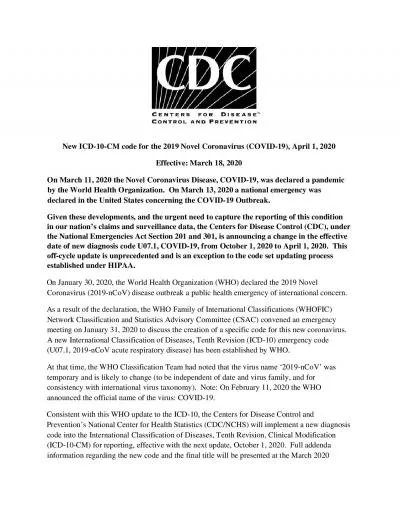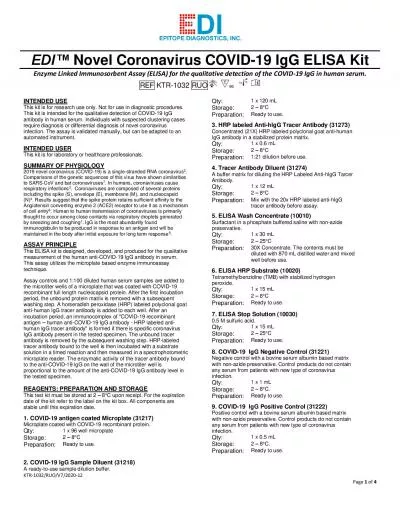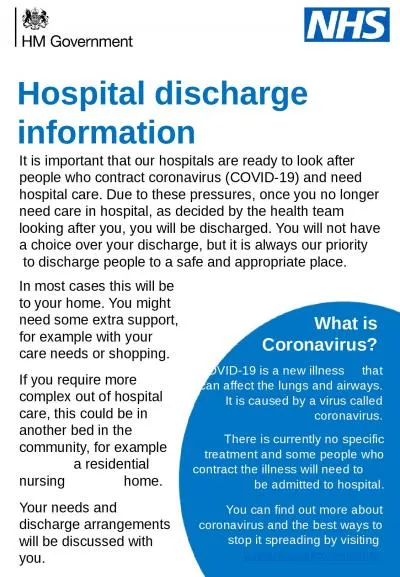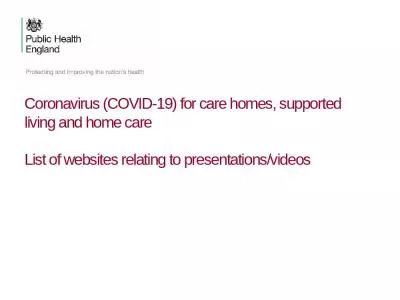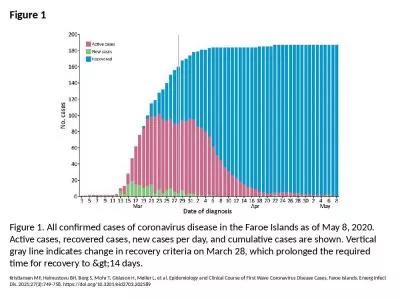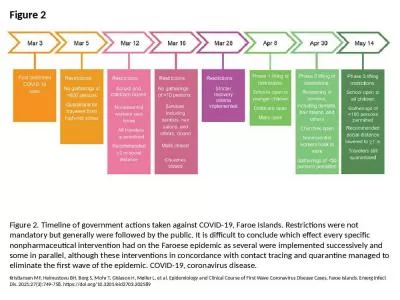PPT-COVID-19 (Coronavirus disease
Author : riley | Published Date : 2022-06-01
2019 PRESENTED BY Image Coronaviruses viewed under an electron microscope Note the characteristic crownlike corona appearance By CDCDr Fred Murphy ETIOLOGY Coronaviruses
Presentation Embed Code
Download Presentation
Download Presentation The PPT/PDF document "COVID-19 (Coronavirus disease" is the property of its rightful owner. Permission is granted to download and print the materials on this website for personal, non-commercial use only, and to display it on your personal computer provided you do not modify the materials and that you retain all copyright notices contained in the materials. By downloading content from our website, you accept the terms of this agreement.
COVID-19 (Coronavirus disease: Transcript
Download Rules Of Document
"COVID-19 (Coronavirus disease"The content belongs to its owner. You may download and print it for personal use, without modification, and keep all copyright notices. By downloading, you agree to these terms.
Related Documents

